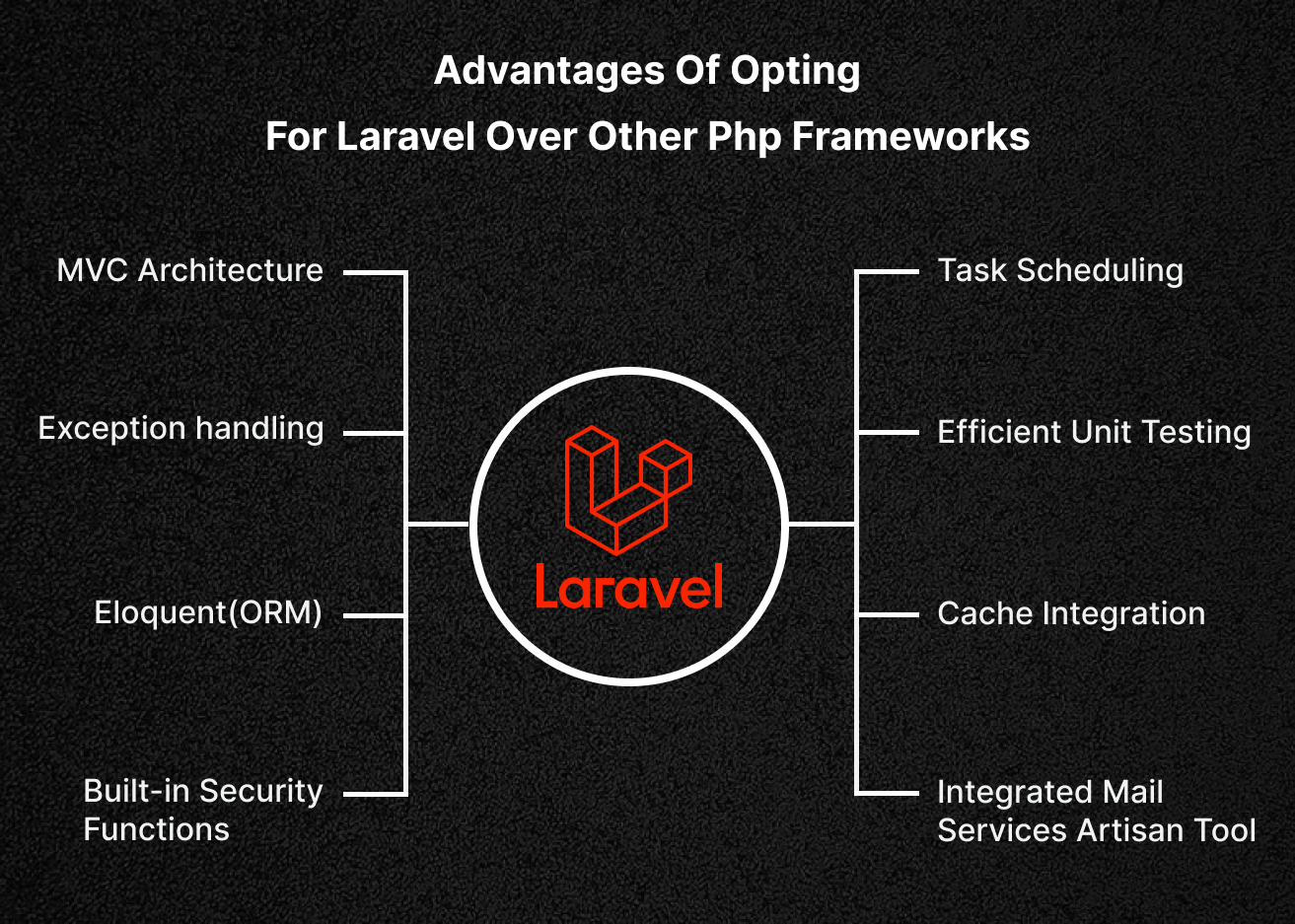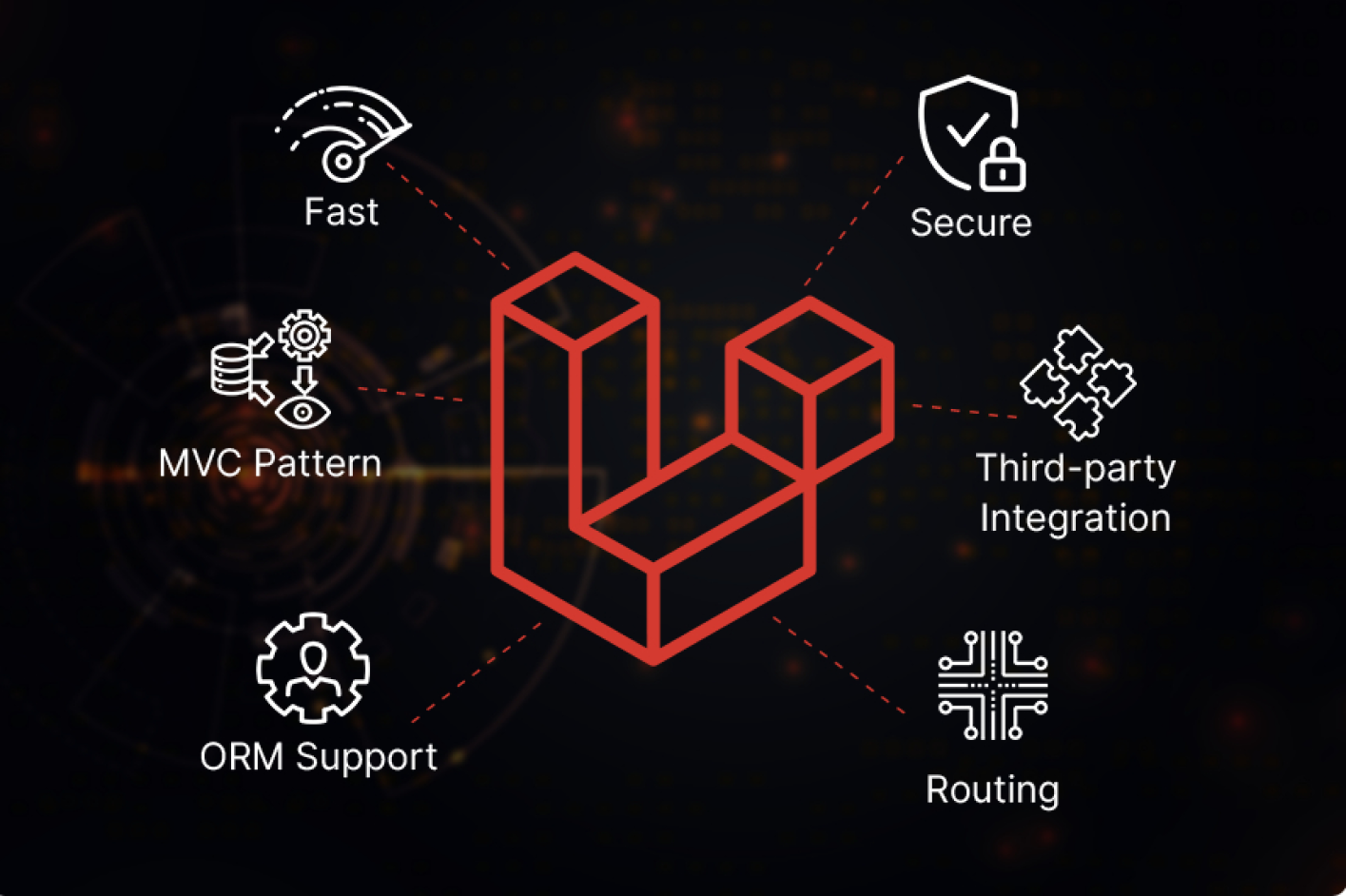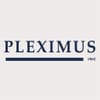Future of Laravel framework
Discover the future of the Laravel framework in web development. Explore its evolution, cutting-edge features, community impact, and emerging trends shaping modern web applications.

Introduction to Laravel and Its Growing Influence
Laravel has emerged as a dominant force in the world of web development, renowned for its elegance, simplicity, and developer-friendly approach. This article explores the future prospects of Laravel amidst evolving web technologies.
Brief Overview of Laravel's Journey and Popularity
Initially released in 2011 by Taylor Otwell, Laravel has rapidly gained popularity due to its robust features and vibrant community support. It has become a preferred choice for developers worldwide.
Importance of Discussing Laravel's Future Trends
Understanding the trajectory of Laravel is crucial for developers and businesses to stay ahead in the dynamic landscape of web development. This article delves into the innovations and trends that are shaping Laravel's future.

1. Evolution and Adaptation: Laravel's Journey So Far
Origins and Evolution of Laravel
Laravel started as a personal project to simplify PHP development but quickly evolved into a full-fledged framework with a strong architecture and expressive syntax. Over the years, it has grown from a niche solution to a widely adopted framework powering millions of applications globally.
Early Development and Key Milestones
The release of Laravel 1.0 marked the beginning of a journey focused on developer productivity and modern PHP practices. Subsequent releases introduced pivotal features such as Eloquent ORM, Blade templating engine, and artisan CLI commands, solidifying Laravel's position as a leading PHP framework.
Laravel's Impact on PHP Development
Laravel revitalized the PHP ecosystem by promoting modern practices such as MVC architecture, routing, and database migrations, setting new standards for PHP frameworks. Its intuitive syntax and built-in functionalities streamlined development processes, attracting developers seeking efficient solutions for complex web applications.

2. Cutting-edge Features in Laravel 8 and Beyond
Exploring the Latest Innovations in Laravel 8
Laravel 8 introduced features like Laravel Jetstream, improved rate limiting, and enhanced job batching, focusing on developer productivity and application performance. Jetstream, a new application scaffolding, integrates with popular frontend frameworks like Vue.js and React, facilitating the creation of robust SPAs (Single Page Applications).
Feature Highlights and Their Practical Benefits
Features like Livewire for interactive UIs, Laravel Sanctum for API authentication, and improved testing capabilities empower developers to build scalable and secure applications. Livewire simplifies frontend interactions by enabling reactive components within the Laravel ecosystem, reducing the need for complex JavaScript frameworks.
Predicting Future Feature Trends in Laravel
Future versions are expected to integrate more cloud-native solutions, AI-driven automation, and enhanced support for microservices, reflecting broader trends in web development. The adoption of serverless architectures and containerized deployments may further optimize scalability and deployment flexibility, aligning with modern enterprise requirements.

3. Community and Ecosystem: Driving Laravel's Growth
Role of Laravel Community in Its Evolution
The vibrant Laravel community contributes to the framework's growth through forums, conferences, and open-source contributions, fostering collaboration and knowledge sharing. Community-driven packages and extensions expand Laravel's capabilities, catering to diverse application requirements and industry-specific challenges.
Impact of Open Source Contribution and Community Feedback
Community feedback shapes Laravel's roadmap, ensuring that new features address real-world challenges and adhere to best practices in web development. The transparency of Laravel's development process encourages active participation and innovation, enhancing the framework's relevance in a competitive market.
Leveraging Laravel Packages and Extensions
A rich ecosystem of Laravel packages and extensions extends its core functionality, enabling developers to integrate with popular services and customize applications efficiently. Packages like Laravel Cashier for subscription billing and Laravel Horizon for job queue monitoring streamline common development tasks, accelerating time-to-market for new projects.

4. Emerging Trends in Web Development and Laravel's Position
Trends Shaping the Future of Web Development
Trends like serverless architecture, headless CMS, and Jamstack are influencing web development paradigms, with Laravel adapting through API-driven development and cloud deployment. Headless CMS solutions enable content-centric applications, while Laravel's RESTful APIs facilitate seamless integration with third-party services and front-end frameworks.
Laravel's Role in Modern Web Development Trends
Laravel's flexibility and scalability make it suitable for building microservices, PWAs, and enterprise-grade applications, aligning with modern requirements for agility and performance. The framework's modular architecture facilitates code reuse and maintainability, supporting iterative development cycles and continuous integration.
Integrating Laravel with Emerging Technologies
Integration with AI, IoT, blockchain, and machine learning is anticipated, expanding Laravel's application scope in diverse industries such as fintech, healthcare, and e-commerce. AI-driven analytics and real-time data processing enhance user experiences, while blockchain integration ensures data integrity and transaction security in decentralized applications.

5. Challenges and Opportunities: Navigating the Future with Laravel
Challenges Ahead for Laravel and Its Developers
Scaling Laravel applications, optimizing performance, and ensuring security remain pivotal challenges as applications grow in complexity and user base. Effective caching strategies, database optimization techniques, and horizontal scaling practices are essential for maintaining responsiveness and uptime.
Addressing Scalability and Performance Challenges
Efforts in caching, queuing, and horizontal scaling strategies are essential for enhancing Laravel applications' performance and responsiveness. Implementing asynchronous processing with Laravel queues and leveraging cloud infrastructure for elastic scaling can mitigate performance bottlenecks during peak loads.
Opportunities for Laravel in Niche Markets
Laravel's versatility positions it strongly in niche markets like education, SaaS platforms, and digital media, where tailored solutions and rapid development are critical. Specialized packages and domain-specific extensions cater to unique business requirements, enabling startups and enterprises to innovate and differentiate in competitive landscapes.

6. Conclusion: Embracing Tomorrow with Laravel
As Laravel continues to evolve, embracing new technologies and community-driven innovation will be crucial. Developers and businesses leveraging Laravel can anticipate a future where rapid development, scalability, and robust performance define the next generation of web applications. By staying abreast of industry trends and adopting best practices, Laravel remains well-positioned to lead the PHP ecosystem, empowering developers to create cutting-edge solutions and drive digital transformation across industries.
